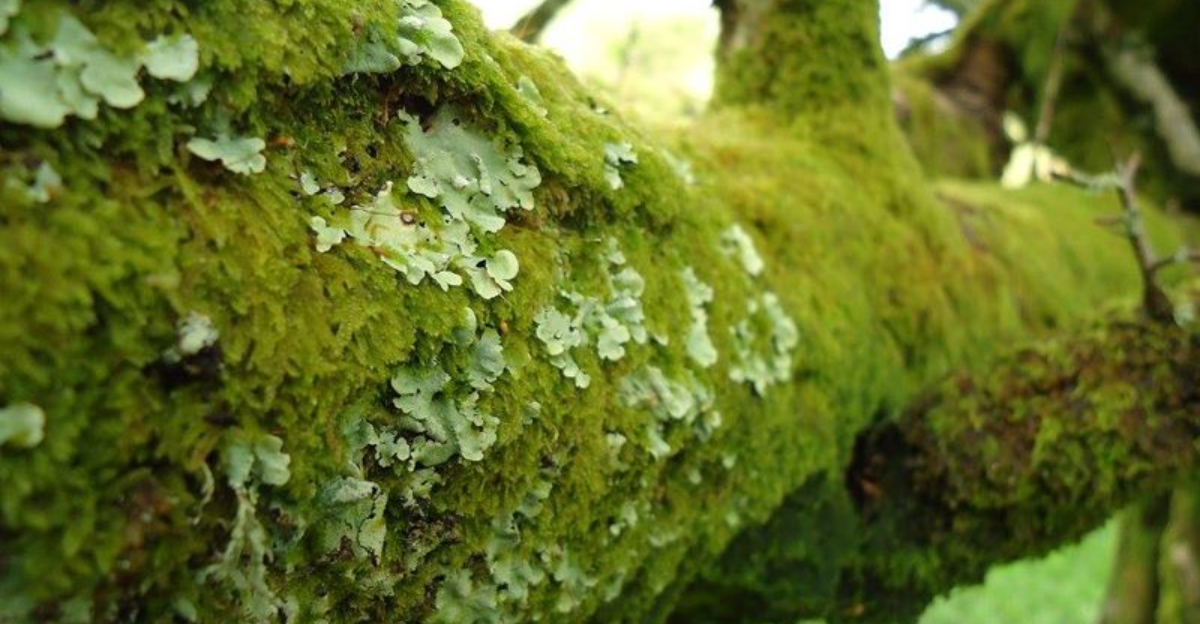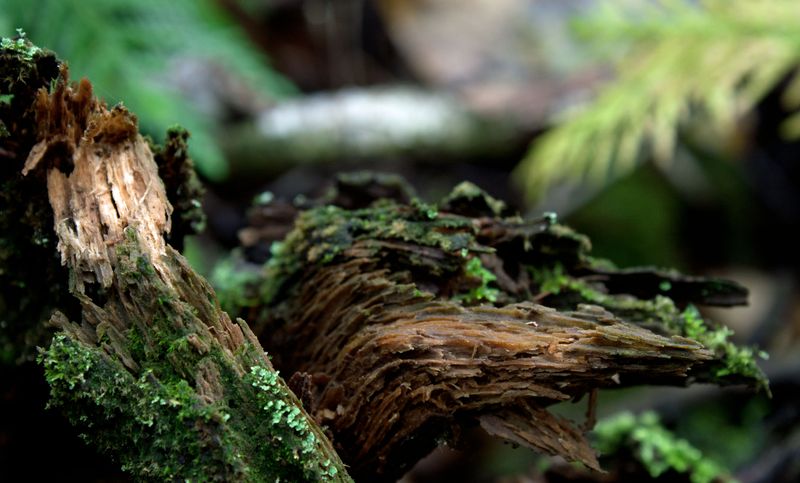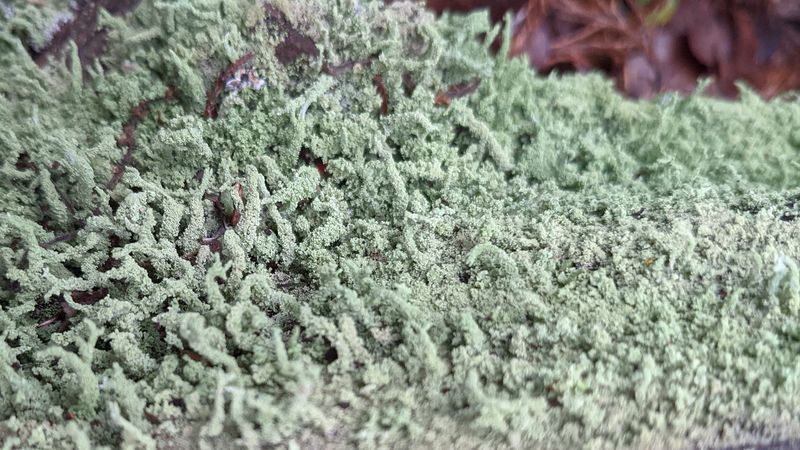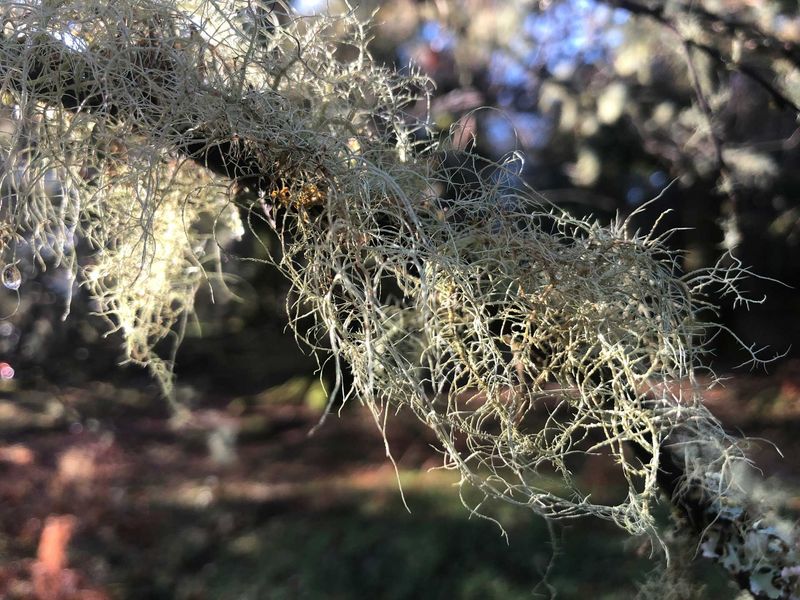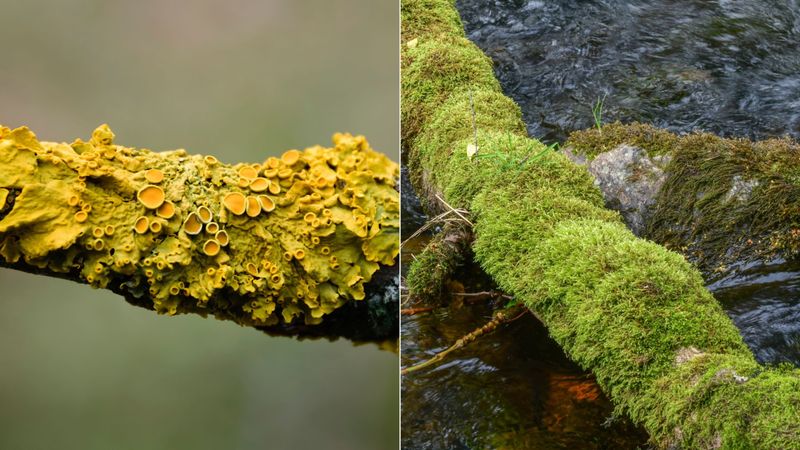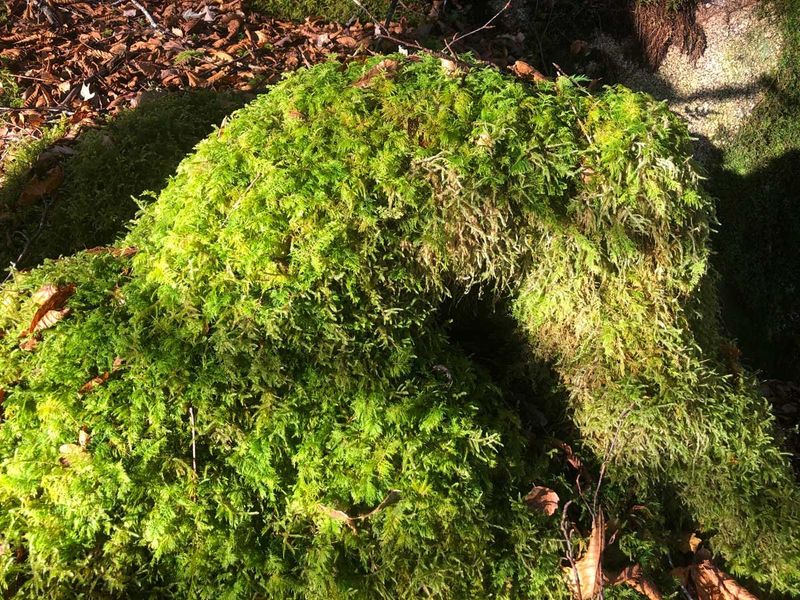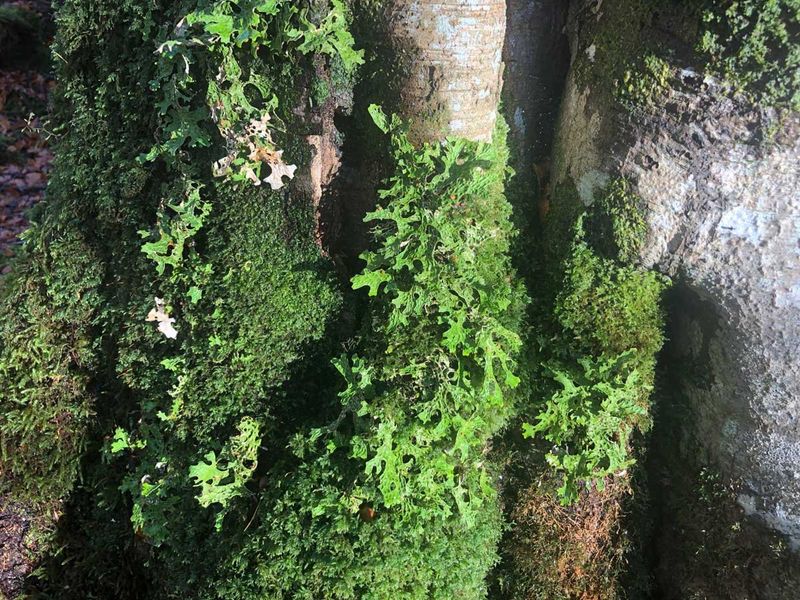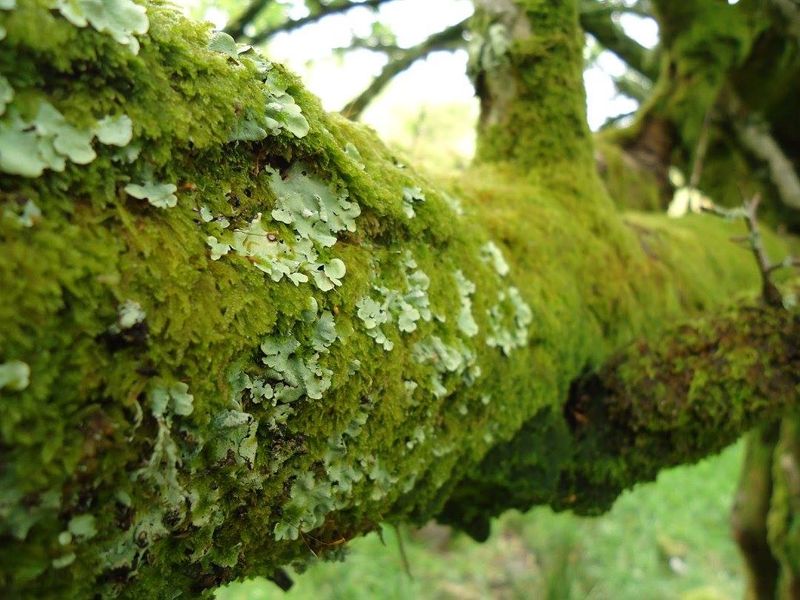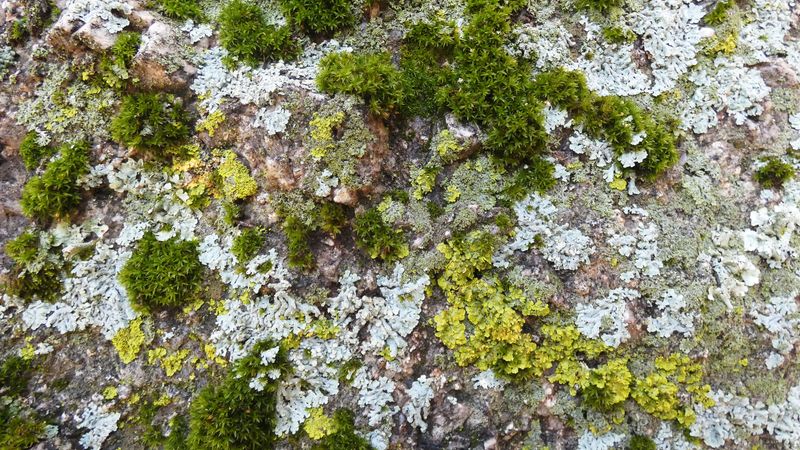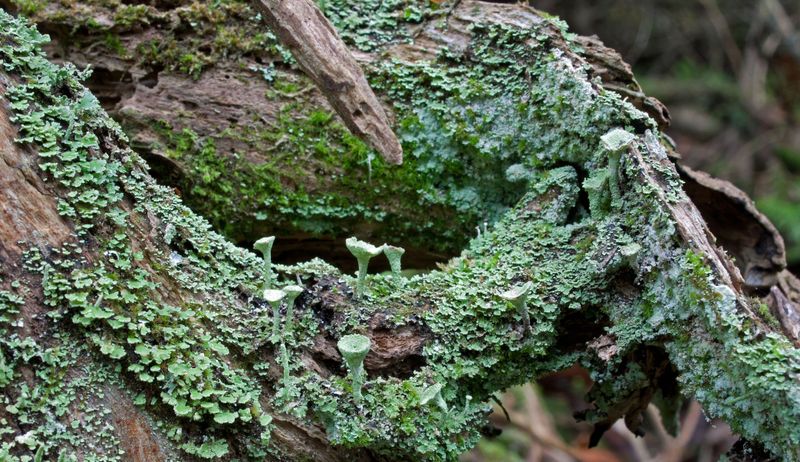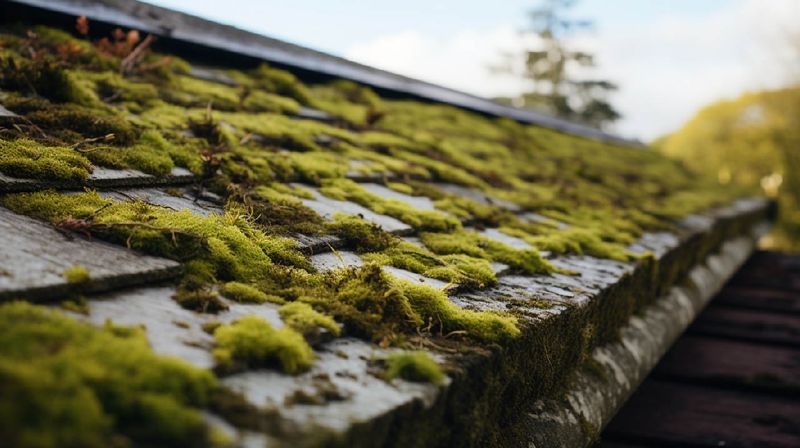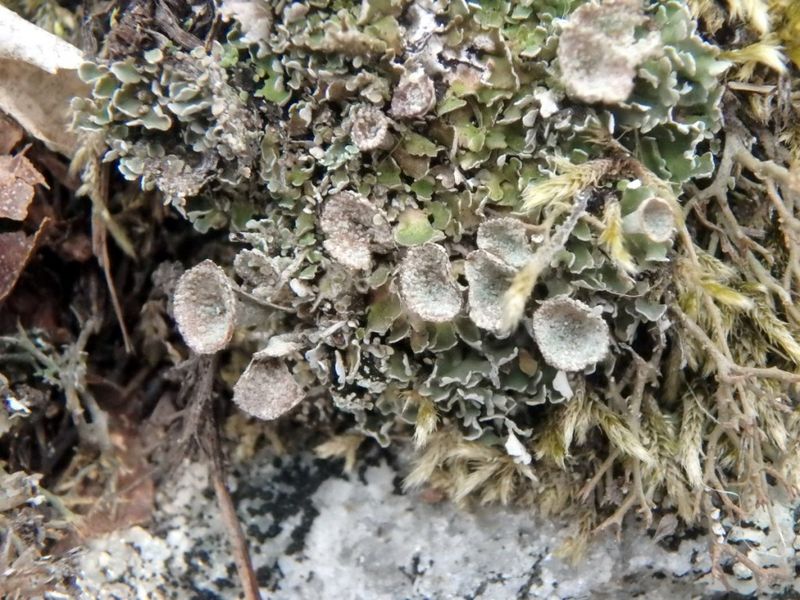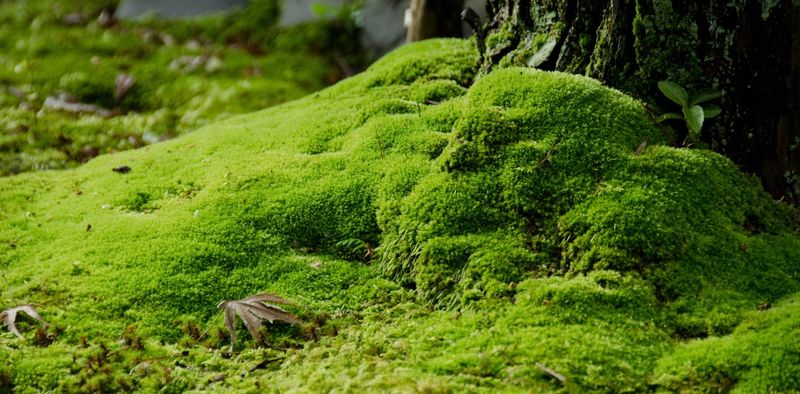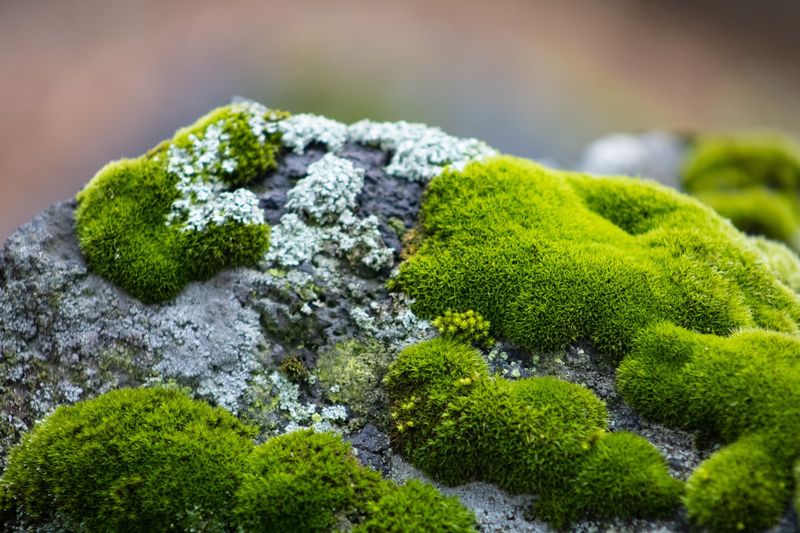Lichen and moss might look alike at first glance, but they’re actually quite different once you take a closer look. In this post, we’ll break down seven key differences that set them apart—from how they grow to the roles they play in nature.
Whether you’re a nature lover or just curious about what’s growing on that tree bark, these insights will help you see the natural world in a whole new way.
1. Response to Light
Lichens are highly adaptable to light exposure and can often be found basking on sun-exposed rocks and tree bark. Their photosynthetic partners—algae or cyanobacteria—make the most of available light, even in extreme environments.
Mosses, however, are shade lovers. They flourish in low-light areas, such as under forest canopies or beside streams. This contrast in light preference influences where you’re most likely to find each in nature.
2. Role in Traditional Medicine
In many cultures, lichens have been used in traditional medicine for their antibacterial and anti-inflammatory properties. Some species even produce natural antibiotics.
Mosses are less commonly used medicinally, but certain types have historically served as wound dressings due to their absorbency and softness. These differing uses reflect their unique biological compositions and roles in human history.
3. Presence of Vascular Tissue
Mosses are non-vascular plants, meaning they don’t have specialized tissue to transport water and nutrients. They rely on surface absorption, which limits their height and habitat.
Lichens aren’t plants at all, so they don’t have or need vascular tissue. Instead, they absorb everything directly through their surfaces, adapting uniquely to their environments.
4. Growth Environment
Lichens thrive in diverse environments, from arid deserts to icy tundras, and can grow on rocks, trees, and even bare soil. They are incredibly resilient and can withstand harsh conditions.
Mosses, however, prefer moist, shaded areas, thriving on forest floors, stream banks, and damp woodlands. This distinction in habitat preference is significant. Lichens’ ability to colonize extreme environments contrasts with mosses’ need for moisture.
This adaptability allows lichens to be pioneers in barren landscapes, contributing to soil formation and ecological succession.
5. Sensitivity to Pollution
Lichens are highly sensitive to air pollution, which can impair their growth and survival. This sensitivity makes them reliable indicators of air quality. Mosses, however, are generally more tolerant of pollutants, often thriving in urban areas.
This distinction in pollution sensitivity is essential for ecological assessments. Lichens’ absence or decline in a region signals environmental stress and pollution.
Mosses’ resilience, meanwhile, allows them to persist in challenging conditions. Understanding these sensitivities aids in monitoring ecosystem health and guiding conservation efforts.
6. Physical Structure
Lichens boast a complex structure comprising fungi and algae or cyanobacteria living symbiotically. This relationship creates a unique organism with a crusty, leafy, or branching appearance.
In contrast, mosses are simple plants with leaflets and stems. They lack complex structures and are often soft and lush. Understanding these structural differences helps in identifying them in nature.
Lichens are often crusty or bushy, while mosses have a more delicate, leafy texture. Observing these physical attributes allows for easy distinction, enhancing your nature walks and ecological studies.
7. Ecological Role
Lichens play a significant role in soil formation and nutrient cycling, often being one of the first colonizers in barren areas. Their ability to break down rocks contributes to soil development.
Mosses, meanwhile, are vital in stabilizing soil and preventing erosion. They provide a habitat for small organisms and help retain moisture in the ecosystem.
This ecological differentiation underscores their importance. Lichens’ contributions to soil and nutrient dynamics complement mosses’ role in habitat stability. Together, they enhance ecosystem resilience and biodiversity.
8. Nutrient Acquisition
Lichens absorb nutrients directly from the air and rain, making them excellent bioindicators of air quality. Mosses, however, rely on the soil for their nutrient uptake. This difference in nutrient acquisition is crucial for their ecological roles.
Lichens’ ability to indicate pollution levels makes them valuable for environmental monitoring. Mosses, with their need for soil nutrients, play a key role in stabilizing and enriching soil.
This distinction underscores their complementary roles in ecosystems. Both contribute significantly to environmental health and biodiversity.
9. Reproductive Methods
Lichens reproduce mainly through spores, or by fragmenting into smaller pieces that can grow independently. Mosses, on the other hand, have a two-part lifecycle involving spore capsules and leafy gametophytes.
This lifecycle is more akin to that of higher plants. Understanding these reproductive strategies reveals their evolutionary paths. Lichens’ reliance on symbiosis contrasts with mosses’ plant-like reproduction.
Recognizing these methods provides insights into their ecological roles and evolutionary significance. It also highlights the complexity and diversity of life forms in nature.
10. Longevity and Growth
Lichens are known for their slow growth and longevity, often living for centuries. They grow at a leisurely pace, sometimes just millimeters per year. Mosses, conversely, grow rapidly and have shorter lifespans.
This difference in growth and longevity is significant in ecological studies. Lichens’ slow growth reflects their adaptation to harsh environments, while mosses’ rapid spread aids in quick colonization.
These growth patterns highlight their respective ecological strategies. Such insights are crucial for conservation efforts and understanding ecological dynamics.
11. Water Retention
Mosses are excellent at water retention, able to hold moisture like a sponge. This capability allows them to thrive in damp habitats and contribute to soil moisture. Lichens, on the other hand, are adapted to withstand dehydration.
They can become dormant in dry conditions, reviving with moisture. This difference in water management is critical for their survival.
Mosses’ ability to retain water supports biodiversity in their habitats. Lichens’ resilience to drying out highlights their adaptability. Both strategies ensure survival in varying environments.
12. Aesthetic and Cultural Significance
Lichens have aesthetic appeal, inspiring artists and photographers with their vibrant colors and intricate forms. They have featured in traditional art and symbolism. Mosses, too, hold cultural significance, particularly in Japanese gardening.
Moss gardens are celebrated for their tranquility and beauty. This aesthetic and cultural significance enriches human appreciation of these organisms. Understanding their roles in art and culture highlights their broader impact beyond ecological functions.
Both lichens and mosses offer inspiration and beauty, connecting nature with cultural and artistic expressions.
13. Symbiotic Relationships
Lichens are a classic example of symbiosis, combining fungi and algae or cyanobacteria. This partnership allows lichens to photosynthesize, obtaining nutrients in harsh environments.
Mosses do not exhibit such relationships; they photosynthesize independently as simple plants. This fundamental difference highlights lichens’ unique ecological niche. The symbiotic nature of lichens enables them to survive where many organisms cannot.
Understanding this relationship offers insights into ecological balance and resilience. It’s a testament to nature’s ability to adapt and thrive through collaboration.
